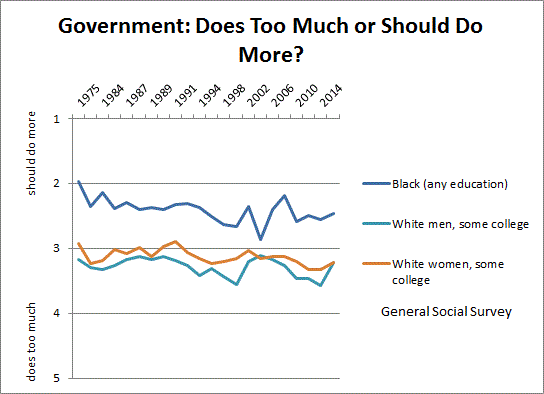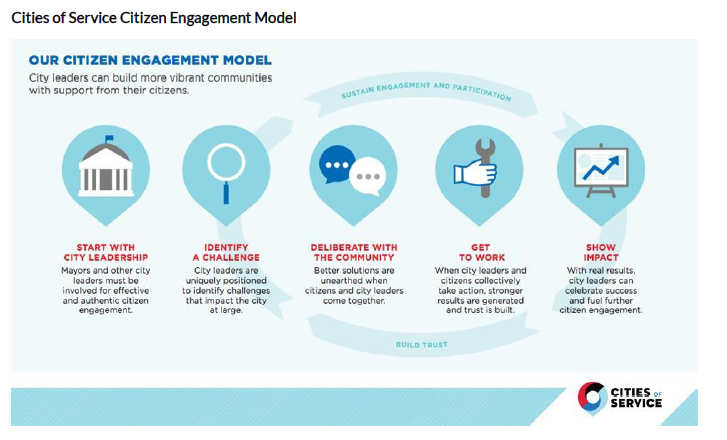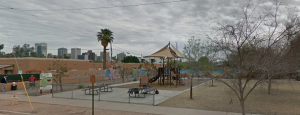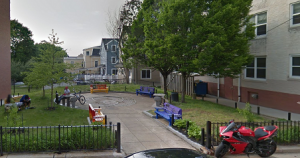Hot off the digital press! Democracy Fund, an NCDD 2018 sponsor, announced this morning they are building a new team dedicated to being a better resource for donors and the field; in order to support strategic efforts to invest in our country’s democracy. Currently, there is very little funding given to those working to improve our democracy, and it is vital to invest resources to those doing this work if our democracy is to survive. Democracy Fund is seeking a Director of Partnerships to lead this newly created team and stay tuned for the program rollout which will offer investment strategy resources, educational events, and joint funding opportunities.
On a related note, if you are looking to support an organization working to further democracy then consider donating to NCDD! We are one of the leading organizations that work to foster the D&D field and support those working to actualize a truer democracy. This Giving Tuesday, Facebook will match your donations – so double your impact and donate tomorrow through our NCDD FB page here! We encourage you to read the announcement below and find the original on Democracy Fund’s site here.
Building a Team to Invest in Democracy
 Following the 2016 election, Democracy Fund heard from many philanthropists seeking advice on what they can do to respond to the threats facing our political system. For some, the last two years have brought a newly pervasive sense that our democracy is under threat and that our political system is far more fragile than most of us assumed. We feel the same way, and we are humbled that interested donors and their advisors are turning to us and to our peers for guidance.
Following the 2016 election, Democracy Fund heard from many philanthropists seeking advice on what they can do to respond to the threats facing our political system. For some, the last two years have brought a newly pervasive sense that our democracy is under threat and that our political system is far more fragile than most of us assumed. We feel the same way, and we are humbled that interested donors and their advisors are turning to us and to our peers for guidance.
Through our efforts to support these new partners, we discovered that Democracy Fund can play a helpful role in providing advice and connections to philanthropists who are learning about the field. To that end, I am delighted to share that we are building a new team at Democracy Fund to help us be a better resource to philanthropists, advisors, and our peers. The team will be led by a newly created position, the Director of Partnerships. (Read and share the job description here.)
This swell in philanthropic interest comes at a pivotal time. Despite a clear and pressing need, the level of philanthropic support for this field remains critically low. Whether you look at voting, journalism, or civic education, many of the most capable and innovative organizations in the space have struggled through multiple cycles of feast and famine and need more resources to meet the challenges at hand.
To make progress on issues that are important to the American people and to ensure the health of our democracy for future generations, the United States needs deep investment by philanthropists and advocates. Policy reforms ranging from the future of affordable housing to climate change depend on a political system that is responsive to the public. A more equitable society requires eliminating barriers to voting and reducing the influence of money on politics. And improving the ability of individuals and communities to thrive rests on a functioning government, fair enforcement of the rule of law, and stability in our politics. Despite the reality that progress hinges on a healthy democracy, the field receives less than two percent of overall philanthropic giving.
Building a healthier democracy together
Working with our peer funders, we hope the Democracy Fund Partnerships team can be a resource to donors and to the field. Our goal is to make the expert capacity of our staff and our collaborative approach available to interested philanthropists. We believe that enlisting greater philanthropic energy, ideas, and resources to the fields in which we work is one of the most effective ways for us to meet the scale of the challenge.
Our new team will educate and engage philanthropists who are new to democracy with the goal of helping them to enter the field. Led by the Director of Partnerships, the team will help donors and their advisors make strategic decisions to invest in our country’s democracy. It will take some time and experimentation to build this program, but there are a few things you should expect to see:
- Resources: Democracy Fund will work with our peers to develop resources that help new donors to better understand the space, including investment guides highlighting the most innovative and high-impact strategies and organizations in the field. The Foundation Center’s data tool for the democracy field is an excellent example of the kind of resource we have helped create in the past that can help philanthropists understand the existing landscape.
- Educational Events: Over the past 18 months, Democracy Fund has partnered with the Giving Pledge to educate members of that network about opportunities to strengthen democracy in the United States. We expect to organize more briefings and workshops like those we organized with Giving Pledge to inform new donors.
- Joint Funds: Democracy Fund participates in and has created several collaborative funds that enable donors to easily contribute to vetted, highly effective grantees working to protect the health of our government, elections, and free press. Our Public Square program, for example, works with other journalism funders through NewsMatch, the North Carolina Local News Lab Fund, and the Community Listening and Engagement Fund. We aim to work with our peers to develop other similar funds that make it easier for new donors to enter the space.
Our Commitment to the Field
Our new efforts to build philanthropic partnerships will not slow our existing efforts to deploy our resources to support the field. Since Democracy Fund began, we have committed more than $100 million in grants and built a team of more than 45 people with deep expertise on issues ranging from journalism and elections to Congress and government accountability. Thanks to the generosity and leadership of Pierre Omidyar we intend to continue to invest at a similar level in the coming years.
At the same time, our commitment to our existing grantees will not limit our advice to new donors – we hope to help philanthropists find their own path into the field, whether or not it mirrors the path that we have chosen.
We are grateful for the mentorship and ongoing partnership of many foundations who have supported this field for decades, including the Knight Foundation, Carnegie Corporation, Ford Foundation, Open Society Foundations, and Rockefeller Brothers Fund. At such a deeply important moment for our country, we are excited to begin this important work and will continue to share our progress as the team grows and the program develops.
You can find the original version of this announcement on Democracy Fund’s site at www.democracyfund.org/blog/entry/building-a-team-to-invest-in-democracy.





 This is the sixth post in our blog series exploring democracy around the world, submitted by a diverse group of people interested in using deliberation, participation, and civic tech to solve challenges we face today. The following does not necessarily represent the views of the Jefferson Center or Jefferson Center staff.
This is the sixth post in our blog series exploring democracy around the world, submitted by a diverse group of people interested in using deliberation, participation, and civic tech to solve challenges we face today. The following does not necessarily represent the views of the Jefferson Center or Jefferson Center staff.




